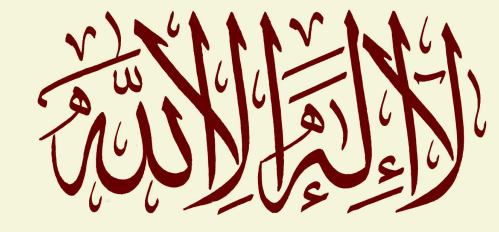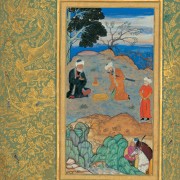“Two Types of Inner-Qur’anic Interpretation”, in: Exegetical Crossroads: Understanding Scripture in Judaism, Christianity and Islam in the Pre-Modern Orient, edited by Georges Tamer et al., Berlin: De Gruyter 2018, pp. 253–288
The conference from which the present volume has emerged was entitled Exegetical Crossroads. Unlike other contributions to this book, mine will not examine intersections between post-Biblical and post-Qur’ānic scriptural interpretation in Judaism, Islam, and Christianity; rather, I shall focus on processes of interpretive engagement with Qur’ānic passages that are traceable within the Qur’ān it- self. Yet this, too, will afford us the opportunity to inspect a crossroads of sorts: for one of the respects in which the Qur’ān intersects with Biblical literature is precisely insofar as it contains intriguing cases of scrip-tural self-interpretation. Since that phenomenon is much better researched with regard to the Bible, my main objective here is to present some of the ways in which it manifests itself in the Islamic scripture.² In doing so, I shall draw attention to some salient similarities and differences between the Hebrew Bible and the Qur’ān. My interest is squarely in the Qur’ān, however; I do not pretend to even remotely offer anything resembling a full account of inner-Biblical interpretation









